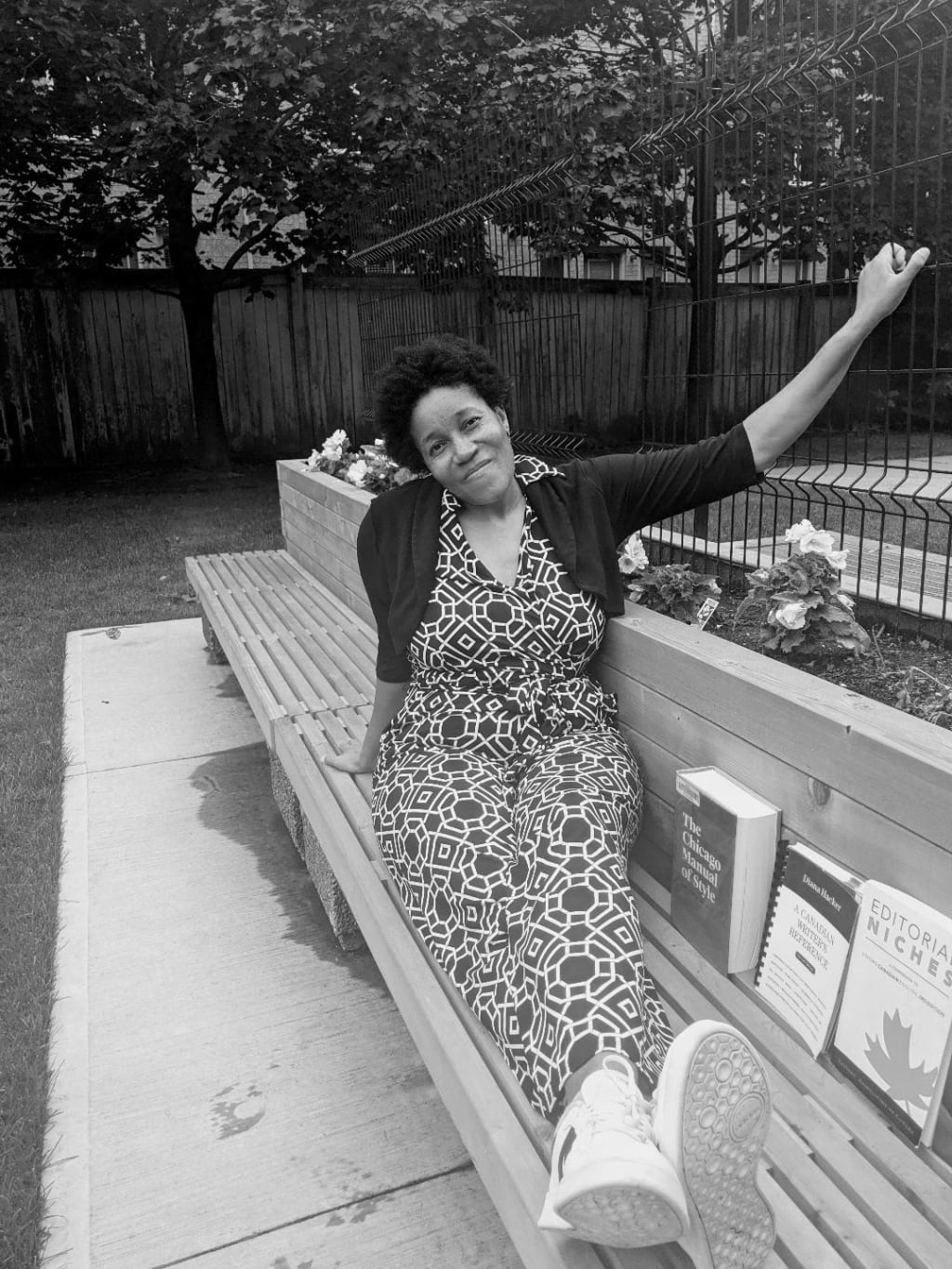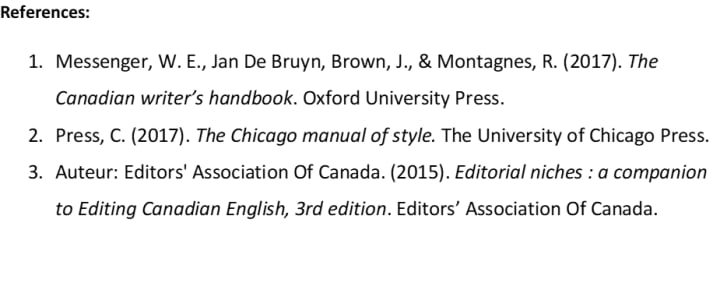Education
Mayi's Guide to producing error free documents

MAYI’S GUIDE TO PRODUCING AN ERROR FREE DOCUMENT!
Introduction:
This Guide seeks to highlight critical components that writers must focus on, to produce an error free document. These are accuracy, completeness, consistency, correctness, and proofreading.
How to ensure document is accurate:
- Review all steps thoroughly, illustrations /images, links, and table of contents and liaise/confirm with the Subject Matter Expert (SME) who could be an Engineer, a Mechanic, or an Operator etc...
- Ensure to check other reliable sources for verification of all the above-mentioned information which may include “search engines,” “dictionaries,” “atlases” and “calculators” as well.
- Note that regulations are constantly changing, and so if the document has regulatory statements / definitions always verify with the applicable regulatory body, for example Health Canada or Transport Canada and update accordingly.
- Recalculate all statistical, mathematical, and numeric components and if there are incorrect calculations or erroneous imperial / metric conversions, consult with the SME, and correct accordingly.
How to ensure document is complete:
- Check all captions, headings, weblinks /hyperlinks against the current data and if there are discrepancies /missing information, consult the SME and correct accordingly.
- Check all tables and if there are tables that require a data source and its missing, request for it from the SME.
- Verify the provided data source against the table information to ensure there are no discrepancies between the two.
- Review all steps word for word within the document to ensure they are not missing any parts/segments.
- Consult with the SME to obtain information required to complete any steps that are missing some parts/segments.
- Request for definitions of complex scientific or technical terminology if missing and update accordingly.
How to ensure document is consistent:
- Check all spellings used and ensure they use Canadian / British / American spellings not all. In other words, it should not use both “center” (American) and “centre” (Canadian).
- Note that it is advisable to use Canadian spellings if document is for Canadian audience, but it is always best to verify with the SME.
- Check all terminology and numbering to ensure it does not vary within the document. In other words, if possible, avoid using both “machinery” and “equipment” but pick one after confirming with SME, to make it less confusing for the reader/user.
- Check all figure captions, headings and numbering styles are consistent within the document. If any inconsistencies, consult the SME to update accordingly.
- Check the font type used and ensure the document uses same font type. In other words, the document should not use both “Calibri” and “Arial” but use one of these fonts throughout.
- Check the font size to ensure same level headings or paragraphs have the same font size.
- Check for Capitalization and Italicization and ensure same terminology is capitalized / italicized throughout the document.
- It is advisable to develop a style sheet that details all terminology, styles, fonts, spellings, and all other applicable information in liaison with the SME. Following the style sheet will ensure a consistent document is produced.
How to check document is correct:
- Check punctuation and correct misplaced commas, misplaced colons, and incorrect apostrophes. Ensure to always refer to reliable sources like; “The Canadian Writer’s handbook,” “Chicago Manual of Style”, and other reliable sources to ensure you are following the correct rules of punctuation.
- Check for misplaced modifiers and non-agreement between subject and verb. Ensure to always refer to reliable sources, like; “The Canadian Writer’s handbook,” “Chicago Manual of Style”, and other reliable sources to ensure you are following the correct rules of grammar.
- Check if all the spellings are correct and if not sure refer to the dictionary.
- Note for spellings, do not just review only typo errors, also review homonyms (similar sounding words) to ensure you have picked the correct one for the applicable step /statement. Refer to the following list obtained from “The Canadian Writer’s Handbook” for some of those words:
I. Advise, Advise
II. Affect, Effect
III. Complementary, Complimentary
IV. Comprise, Compose
V. Farther, Further
VI. Lie, Lay
VII. Raise/Rise
How to Proofread final version/revision:
- Proofread as much as possible to ensure to catch errors that may have been missed when checking for accuracy, completeness, consistency, and correctness.
- Read the material word for word and ensure to compare with the style sheet if one is available.
- Review line and page breaks; images, and captions and correct any anomalies.
- Check for formatting issues like wrong font, incorrectly formatted tables and figures and correct accordingly.
- Check spelling errors, typos, and ill-fitting text and correct accordingly.
- Check if alignment, heading styles, hyperlinks, appearance, and metadata are correct and consistent.
- Check the steps and numbering to ensure none are missing and that correct sequence is followed.
- Consult the SME to verify if in doubt of the sequential flow.
Conclusion:
It is worth noting that this guide only focuses on some of the critical components that would help produce an error free document. In other words, there is always room for improvement to this Guide.

About the Creator
Enjoyed the story? Support the Creator.
Subscribe for free to receive all their stories in your feed. You could also pledge your support or give them a one-off tip, letting them know you appreciate their work.





Comments
There are no comments for this story
Be the first to respond and start the conversation.